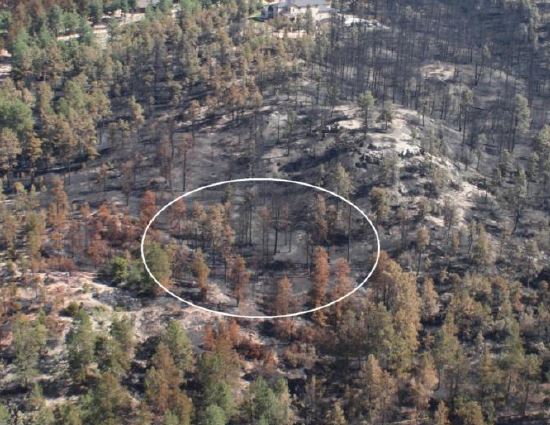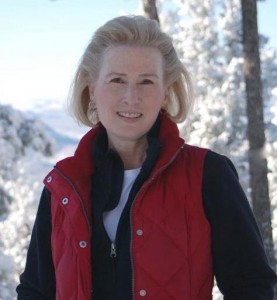
The El Paso County Sheriff’s Office has released a summary report on the investigation of the Black Forest Fire which started June 11, 2013 near Colorado Springs, Colorado. The fire killed two people and burned 489 houses and 14,280 acres, resulting in $420 million in insured losses.
The investigators eliminated natural causes, such as lightning. That left human-related ignitions.
Below are excerpts from the report:
…Given the known devastation of the fire at that point, an Investigation Team was formed consisting of recognized experts in the area of Wildland fire investigation from agencies including the USDA Forest Service, the Aurora Fire Department, the US Bureau of Alcohol, Tobacco, Firearms and Explosives (ATFE), the 4th Judicial District Attorney’s Office and others. This team was assisted by surveyors from the El Paso County Public Services Department.
…
The only clearly established fact was that no natural causes existed and thus the fire was human caused. A potential cause associated with the metal particles can not be ruled out, or positively identified. A potential cause associated with an intentional ignition is not supported by the evidence or circumstances, but can not be completely ruled out. The origin of the fire is in an area that is not readily accessible from a roadway, allowing an easy escape, as is typical in intentionally set Wildland fires. There was no evidence of any other miscellaneous cause such as blasting, fireworks, welding, target shooting, etc.
…
Upon the completion of the investigation, the entire case was reviewed by the Sheriff’s Office Investigations Division and the District Attorney’s Office to determine if any additional leads remained. It was the determination of the El Paso County Sheriff’s Office and the District Attorney’s Office that there was not sufficient evidence to warrant criminal prosecution at this time. None of the investigation or forensic examination supported any one possibility to the extent needed to pursue criminal charges. Additionally, no additional recommended follow-up work could be identified at this time.
Three other reports have previously been released about the Black Forest Fire:
- Report on how the fire was managed on the first day, issued by the Black Forest Fire District Board on February 19, 2014. The complete report can no longer be found on the District’s web site.
- A 2,000 page, 345 megabyte report, released March 14, 2014, commissioned by the Black Forest Fire District which evaluated how the fire was managed, including the performance of Fire Chief Bob Harvey during the first hours of the fire. Sheriff Terry Maketa had been extremely critical of the Chief in numerous interviews with the media. The complete report can no longer be found on the District’s web site.
- After Action Report, by the El Paso County Sheriff’s Office, May 15, 2014. We preserved this report on the Wildfire Today web site.






